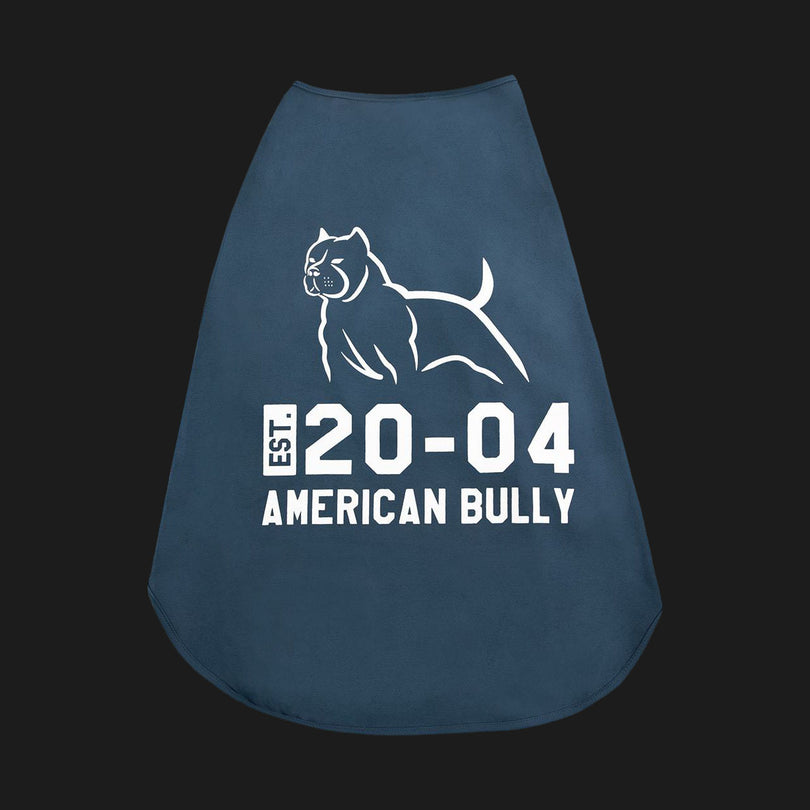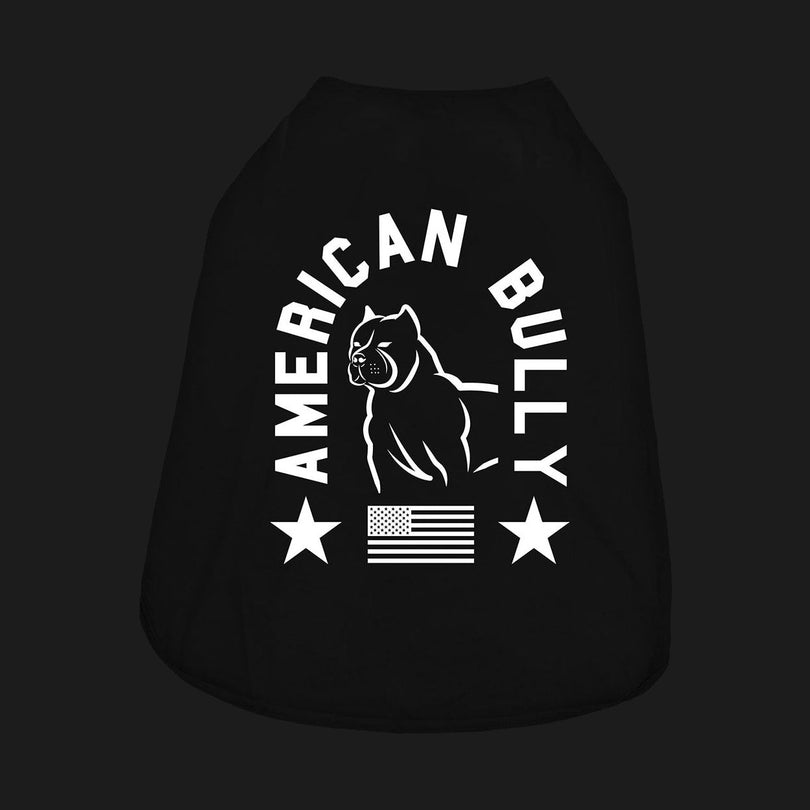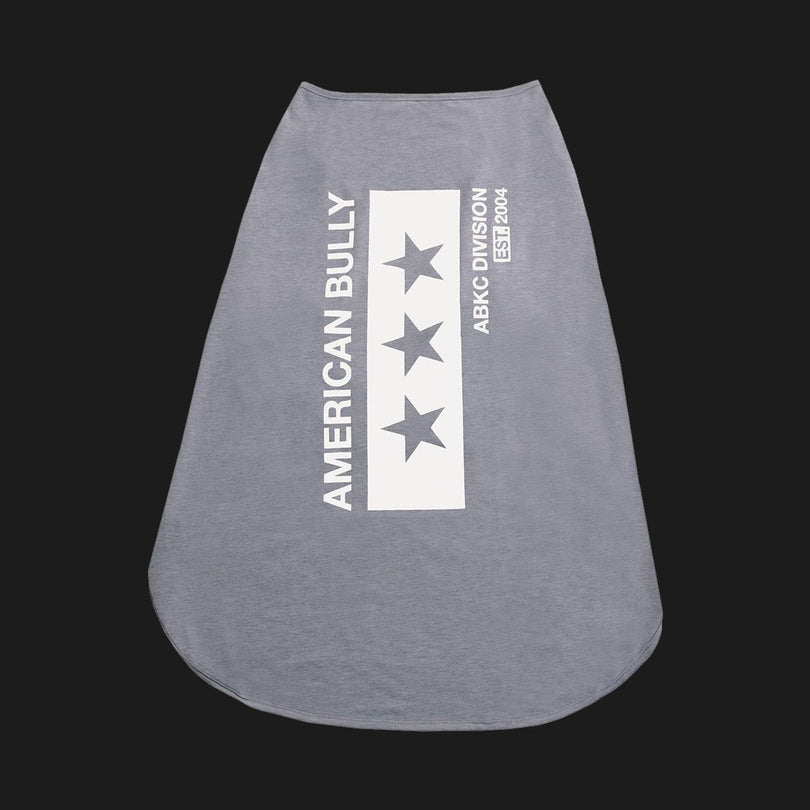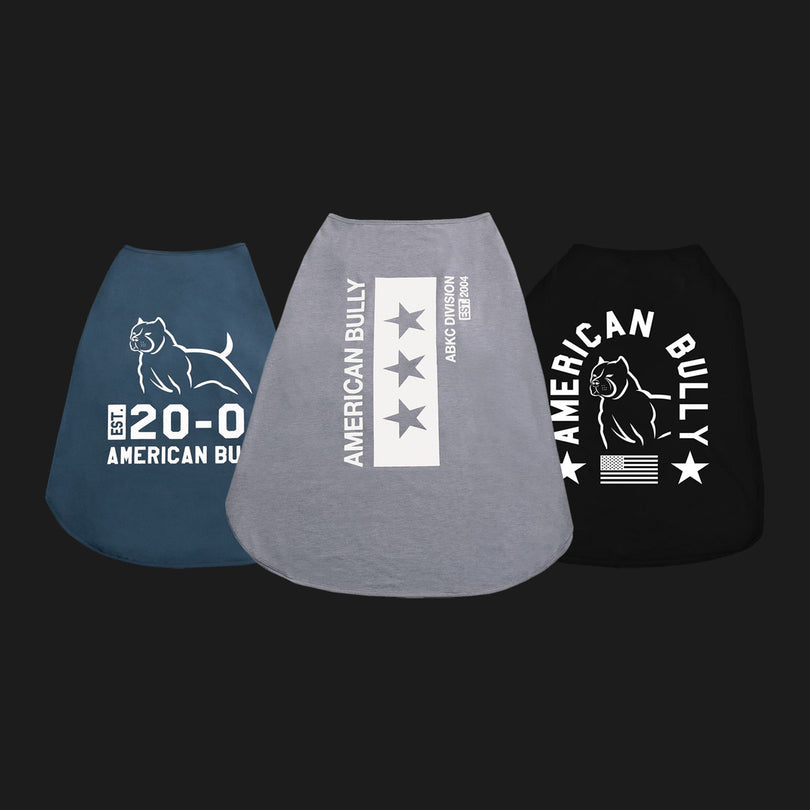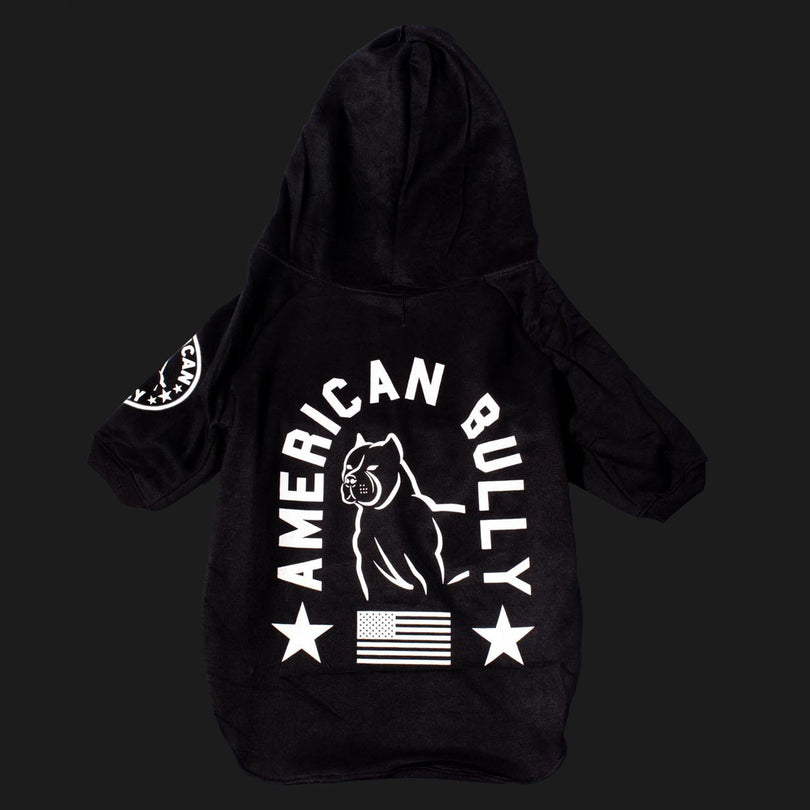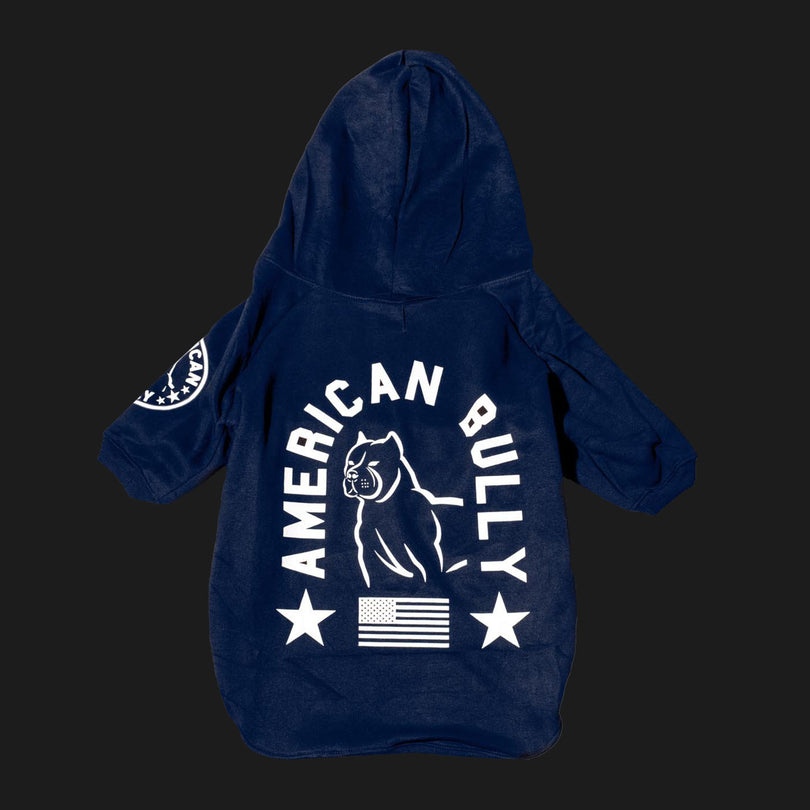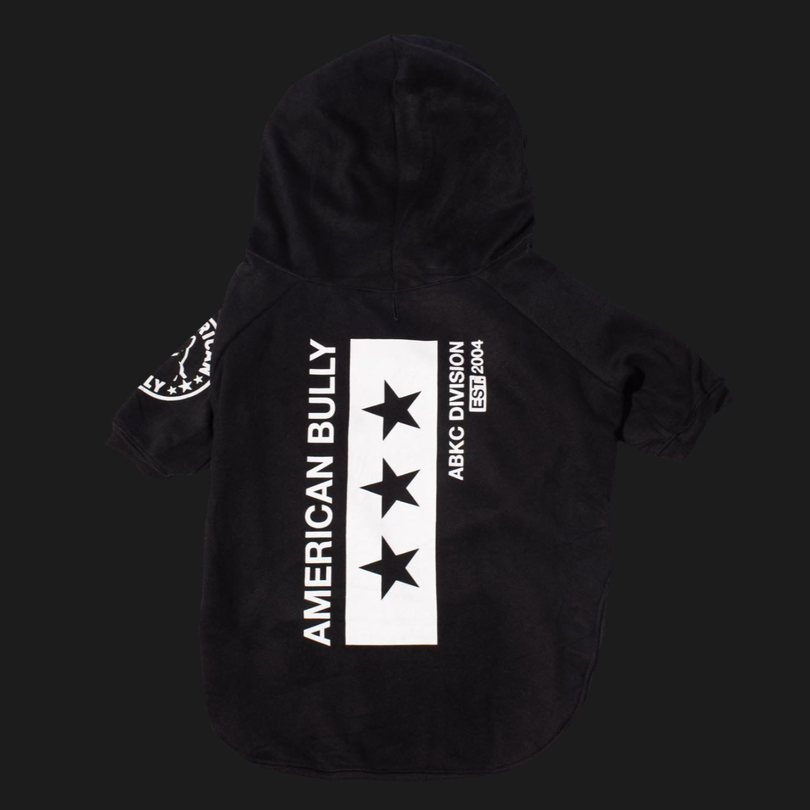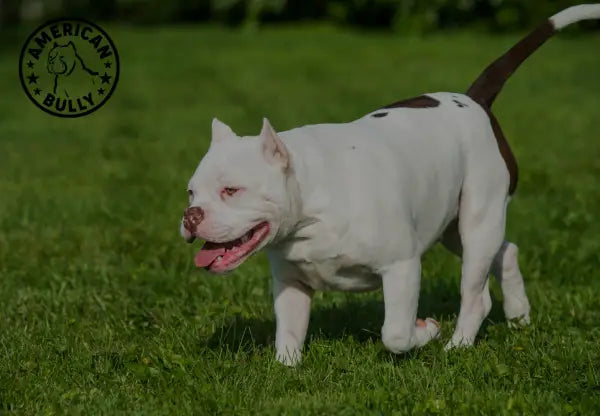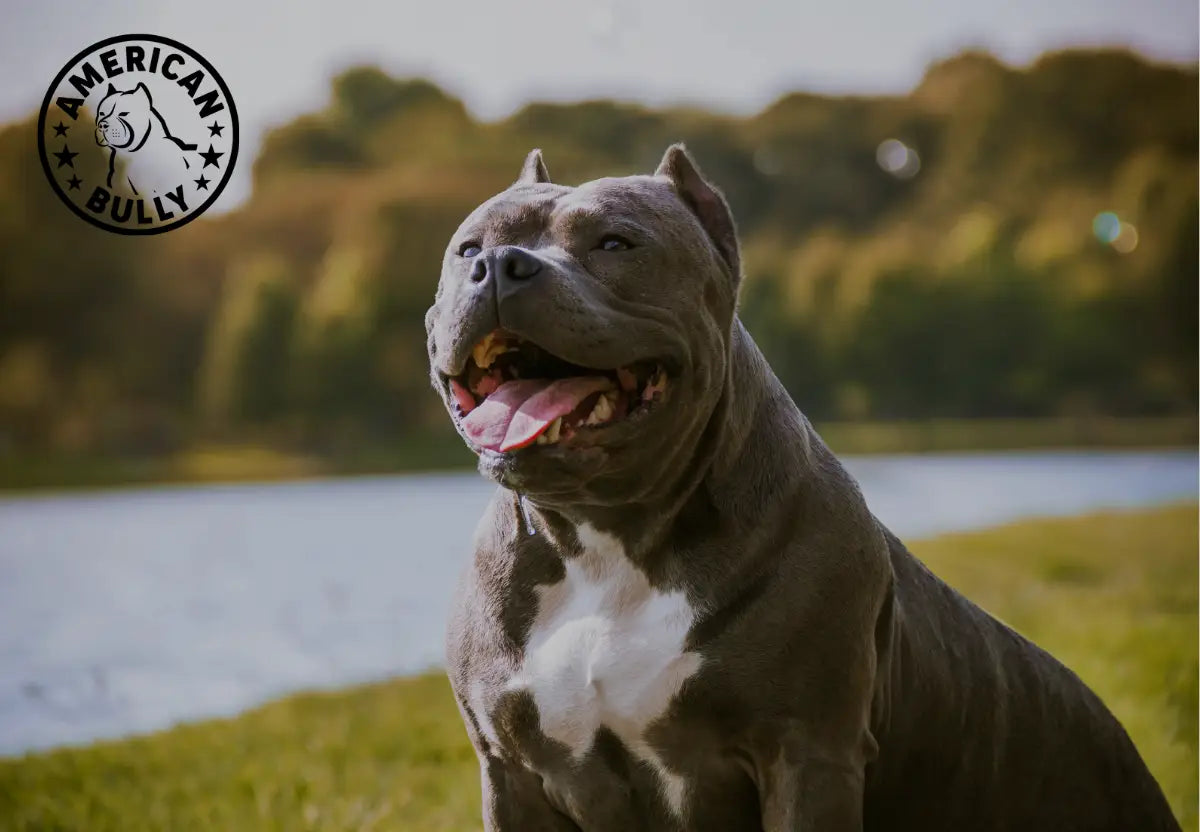The American Bully, with its muscular build, loyal temperament, and sleek coat, is a cherished breed for many dog owners. However, like humans, American Bullies can suffer from seasonal allergies, which can cause discomfort and affect their quality of life. These allergies, triggered by environmental factors like pollen, mold, or dust, are particularly prevalent during spring, summer, and fall. For owners, understanding how to prevent and manage seasonal allergies is essential to keeping their American Bully healthy and happy. This blog, crafted for americanbully.com, explores the causes, symptoms, prevention strategies, and care tips for seasonal allergies in American Bullies, ensuring your furry friend thrives year-round.

Understanding Seasonal Allergies in American Bullies
Seasonal allergies, also known as atopy or allergic dermatitis, occur when a dog’s immune system overreacts to environmental allergens. These allergens are typically inhaled or absorbed through the skin, triggering an inflammatory response. American Bullies, with their short coats and sometimes sensitive skin, can be particularly susceptible. Common allergens include:
-
Pollen: From trees (spring), grasses (summer), and weeds (fall).
-
Mold Spores: Thrive in damp, humid conditions, especially in fall.
-
Dust Mites: Present year-round but worsen in warm, humid seasons.
-
Flea Saliva: More common in warmer months when fleas are active.
Unlike humans, who often experience respiratory symptoms, dogs primarily show skin-related signs of allergies. For American Bullies, their skin’s exposure due to a short coat and potential for skin folds makes them prone to irritation from these triggers.
Symptoms of Seasonal Allergies in American Bullies
Recognizing the signs of seasonal allergies is the first step in helping your American Bully. Symptoms typically manifest in the skin, ears, or paws and may include:
-
Itching and Scratching: Persistent scratching, especially on the face, paws, belly, or sides.
-
Red or Inflamed Skin: Redness or hot spots, particularly in skin folds or on the underbelly.
-
Ear Infections: Recurrent ear infections with head shaking, odor, or discharge.
-
Chewing Paws: Excessive licking or chewing of paws, often leading to sores or discoloration.
-
Hair Loss: Thinning fur or bald patches from scratching or licking.
-
Sneezing or Watery Eyes: Less common but possible with inhaled allergens like pollen.
These symptoms often worsen during specific seasons, such as spring when pollen counts peak or fall when mold spores proliferate. If your American Bully shows these signs, especially seasonally, allergies may be the culprit.

Why American Bullies Are Prone to Allergies
Several factors make American Bullies susceptible to seasonal allergies:
-
Short Coat: Their thin coat offers less protection against allergens, allowing direct skin contact.
-
Skin Folds: Some Bullies, especially stockier varieties, have skin folds that trap moisture and allergens, fostering irritation or infections.
-
Genetic Predisposition: Certain bloodlines may carry a higher risk for atopy, as allergies can be hereditary.
-
Environmental Exposure: Bullies living in urban areas or regions with high pollen or humidity face increased allergen exposure.
Understanding these vulnerabilities helps owners tailor prevention and care to their dog’s needs.
Prevention Strategies for Seasonal Allergies
Preventing seasonal allergies involves reducing your American Bully’s exposure to allergens and strengthening their overall health. Here are practical strategies to minimize allergic reactions:
1. Environmental Management
-
Limit Outdoor Exposure During Peak Allergen Times: Pollen counts are highest in early morning and late afternoon. Schedule walks for midday or evening during high-pollen seasons (spring and summer).
-
Clean Paws and Coat After Walks: Wipe your Bully’s paws, legs, and belly with a damp cloth or pet-safe wipes after outdoor time to remove pollen and dust. Pay special attention to skin folds.
-
Maintain a Clean Home: Vacuum regularly to reduce dust mites and use air purifiers with HEPA filters to trap airborne allergens. Wash bedding weekly in hot water to eliminate dust mites.
-
Control Humidity: Use a dehumidifier in damp climates to reduce mold growth, especially in fall.
2. Grooming and Skin Care
-
Regular Bathing: Bathe your American Bully every 1–2 weeks with a hypoallergenic or oatmeal-based shampoo to soothe skin and remove allergens. Avoid over-bathing, which can strip natural oils.
-
Brush Weekly: Brushing distributes natural oils, removes debris, and checks for early signs of irritation.
-
Dry Skin Folds: After baths or wet weather, thoroughly dry skin folds to prevent moisture-related infections.
-
Apply Paw Balm: Protect paws from cracking or irritation with pet-safe balms, especially in dry or pollen-heavy seasons.
3. Flea Prevention
-
Year-Round Flea Control: Use vet-recommended flea preventatives (topical, oral, or collars) to avoid flea allergy dermatitis, which worsens in warm months.
-
Check for Fleas: Regularly inspect your Bully’s coat, especially in summer, for signs of fleas or bites.
4. Boosting Immune Health
-
Balanced Diet: Feed a high-quality diet rich in omega-3 fatty acids (from fish oil or flaxseed) to support skin health and reduce inflammation. Consult your vet for diet recommendations.
-
Supplements: Consider adding probiotics or antioxidants to strengthen your Bully’s immune system, potentially reducing allergic responses.
-
Hydration: Ensure constant access to fresh water to maintain skin hydration and overall health.

Care and Treatment for Seasonal Allergies
When prevention isn’t enough, prompt care can alleviate your American Bully’s discomfort. Always consult a veterinarian for a proper diagnosis and treatment plan, as symptoms may overlap with other conditions like food allergies or infections.
1. Veterinary Diagnosis
-
Allergy Testing: Vets may perform skin or blood tests to identify specific allergens, helping tailor prevention strategies.
-
Rule Out Other Causes: Symptoms like itching can stem from parasites, infections, or food allergies, so a vet will confirm seasonal allergies as the cause.
2. Medical Treatments
-
Antihistamines: Vet-prescribed antihistamines (e.g., Benadryl) can reduce itching and inflammation. Dosage depends on your dog’s weight, so never self-medicate.
-
Steroids: For severe cases, short-term corticosteroids like prednisone may reduce inflammation but require careful monitoring due to side effects.
-
Immunotherapy: Allergen-specific immunotherapy (allergy shots or oral drops) can desensitize your Bully to specific allergens over time, offering long-term relief.
-
Topical Treatments: Medicated shampoos, sprays, or creams can soothe irritated skin and treat secondary infections.
-
Ear Cleaners: For ear infections, use vet-recommended cleaners or antibiotic drops to clear infections and prevent recurrence.
3. Home Remedies (Vet-Approved)
-
Oatmeal Baths: Soothe itchy skin with colloidal oatmeal soaks, following vet guidance on frequency.
-
Coconut Oil: Apply small amounts to dry or irritated skin for hydration, but avoid overuse to prevent clogged pores.
-
Cool Compresses: Apply a cool, damp cloth to hot spots for temporary relief from itching.
4. Monitoring and Follow-Up
-
Track Symptoms: Keep a journal of when symptoms flare up (e.g., spring vs. fall) to identify triggers and adjust care.
-
Regular Vet Visits: Schedule follow-ups to monitor treatment effectiveness and catch secondary issues like infections early.

Seasonal Considerations for American Bully Allergies
Each season brings unique allergens, requiring tailored care:
-
Spring: Tree pollen peaks, triggering intense itching. Focus on frequent paw wiping and indoor air quality.
-
Summer: Grass pollen and fleas are prevalent. Use flea preventatives and limit exposure to grassy fields.
-
Fall: Weed pollen and mold spores dominate. Keep your Bully dry and use dehumidifiers indoors.
-
Winter: Indoor allergens like dust mites increase due to closed homes. Regular cleaning and air purifiers help.
The Role of Responsible Breeding
Breeders can reduce allergy risks by selecting for traits that enhance skin and immune health. Avoiding overbreeding for extreme features, like excessive skin folds, minimizes areas where allergens can accumulate. Genetic testing for atopy predisposition, though not yet common, could further improve outcomes. Ethical breeders educate buyers about allergy management, setting puppies up for success.
Myths About Dog Allergies
Let’s debunk common misconceptions:
-
Myth: American Bullies don’t get allergies because of their tough appearance.
-
Fact: Their short coats and skin folds make them prone to environmental allergies.
-
Myth: Allergies are always food-related.
-
Fact: Seasonal allergies are caused by environmental triggers, not diet, though food allergies can coexist.
-
Myth: Over-the-counter human meds are safe for dogs.
-
Fact: Never give human medications without vet approval, as dosages and safety vary.
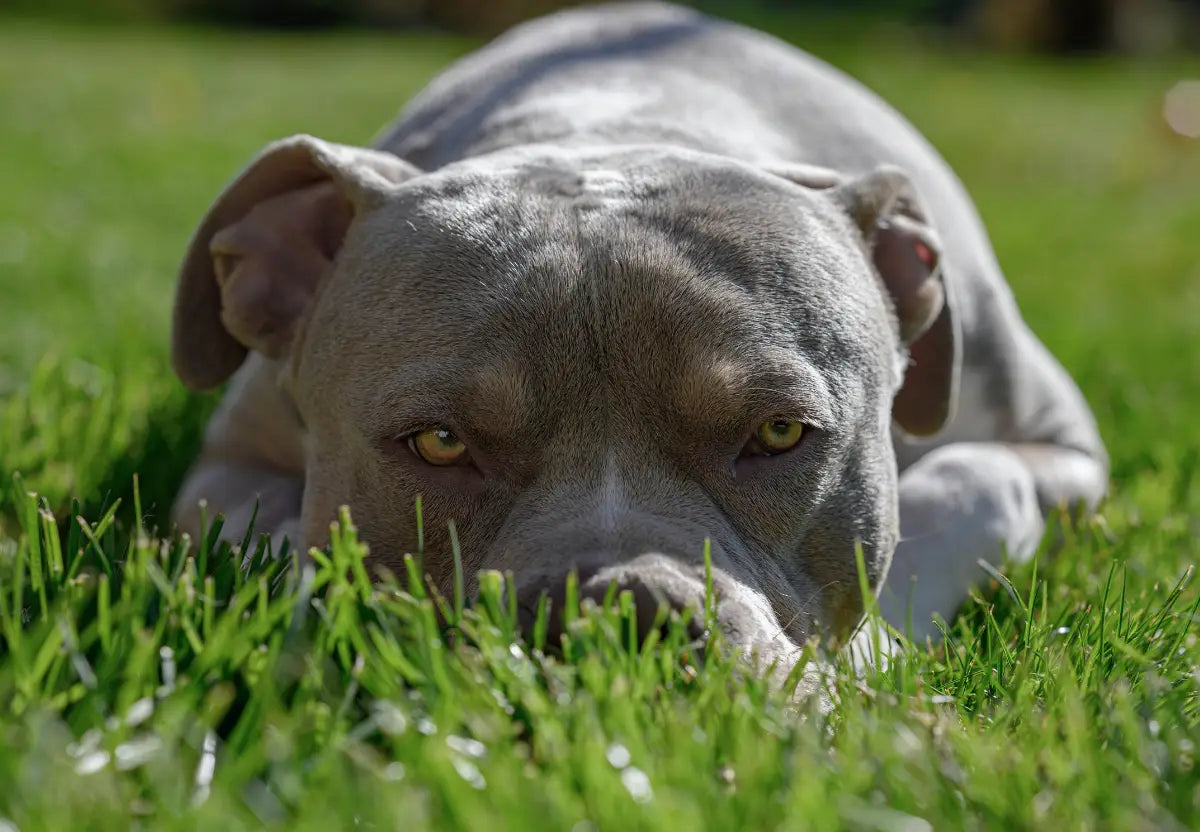
Supporting Your American Bully’s Comfort
Beyond physical care, allergies can affect your Bully’s mood, causing irritability or lethargy. Provide mental stimulation through toys, training, or short indoor games to keep them engaged. A comfortable, low-stress environment aids recovery and prevents scratching due to boredom.
Conclusion
Seasonal allergies can challenge American Bully owners, but with proactive prevention and attentive care, you can keep your dog comfortable and healthy. By managing environmental exposure, maintaining a robust grooming routine, and seeking veterinary guidance, you’ll help your Bully navigate allergy seasons with ease. Whether it’s wiping pollen off paws in spring or soothing skin in fall, your efforts make a difference.

